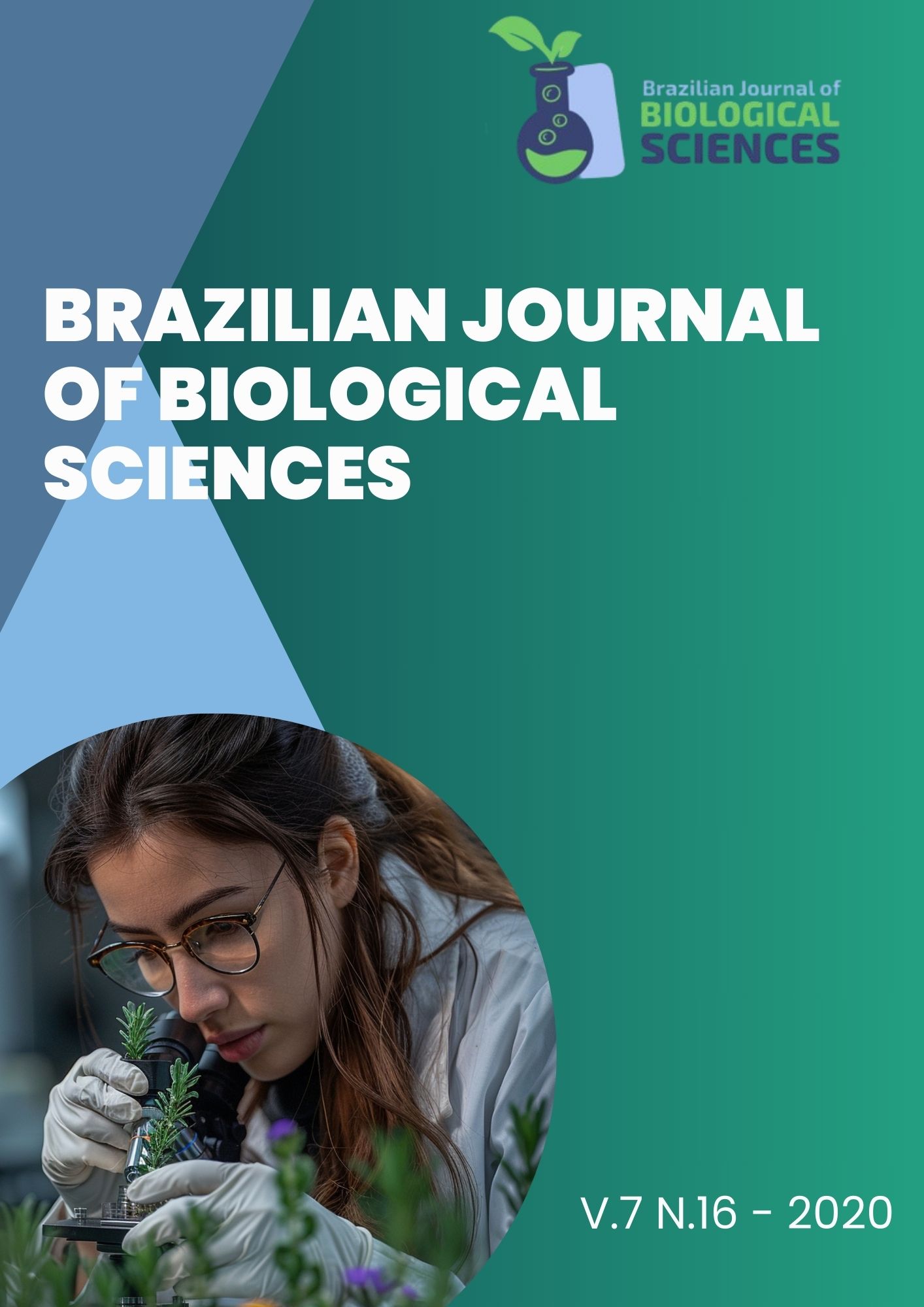Character investigation and homology, with a brief discussion on the phylogenetic relationships of Annelida and Polychaeta within Metazoa
José Eriberto De Assis, Martin Lindsey Christoffersen
e426
The intense production of information demands coherent treatment of available bodies of theoretical knowledge. A critical revision of methods in use within research programs is essential to maintain an adequate ontology and to guarantee the particular epistemological position required by each research area. The...





